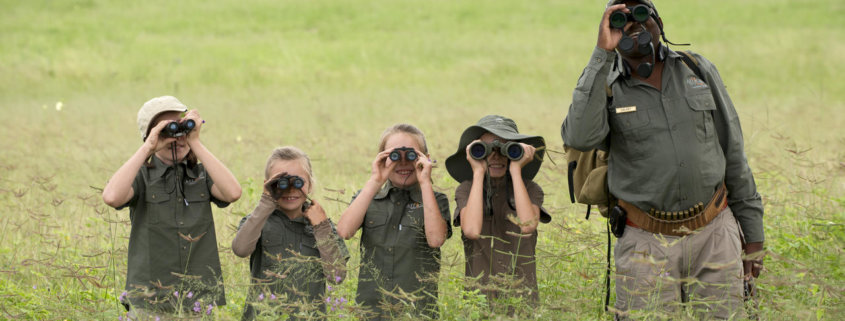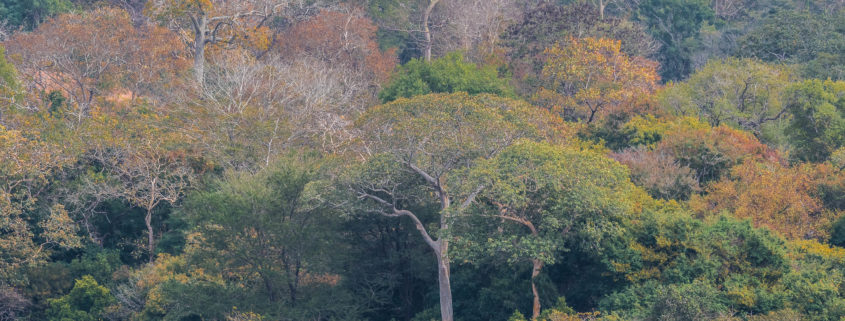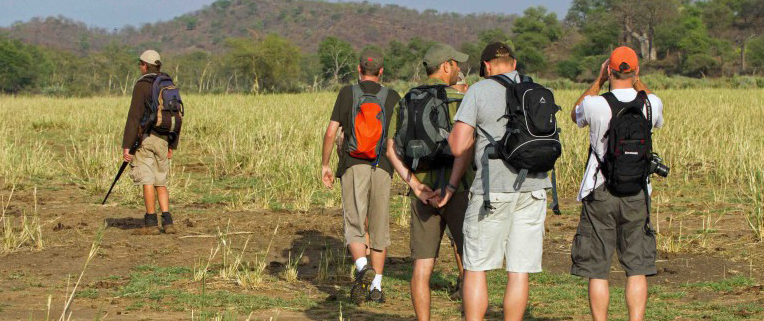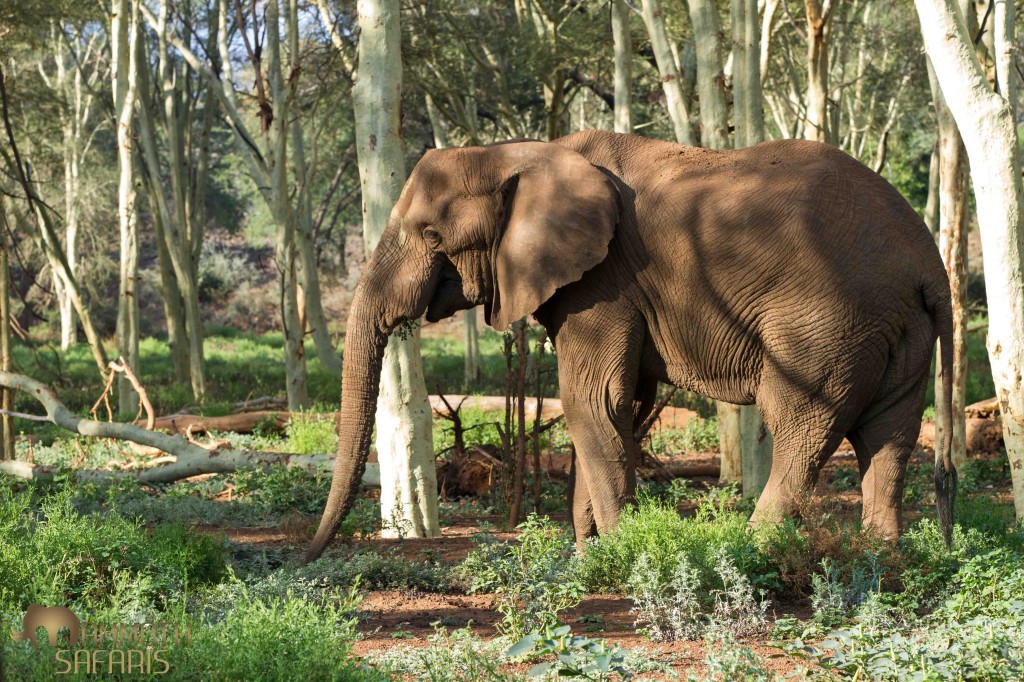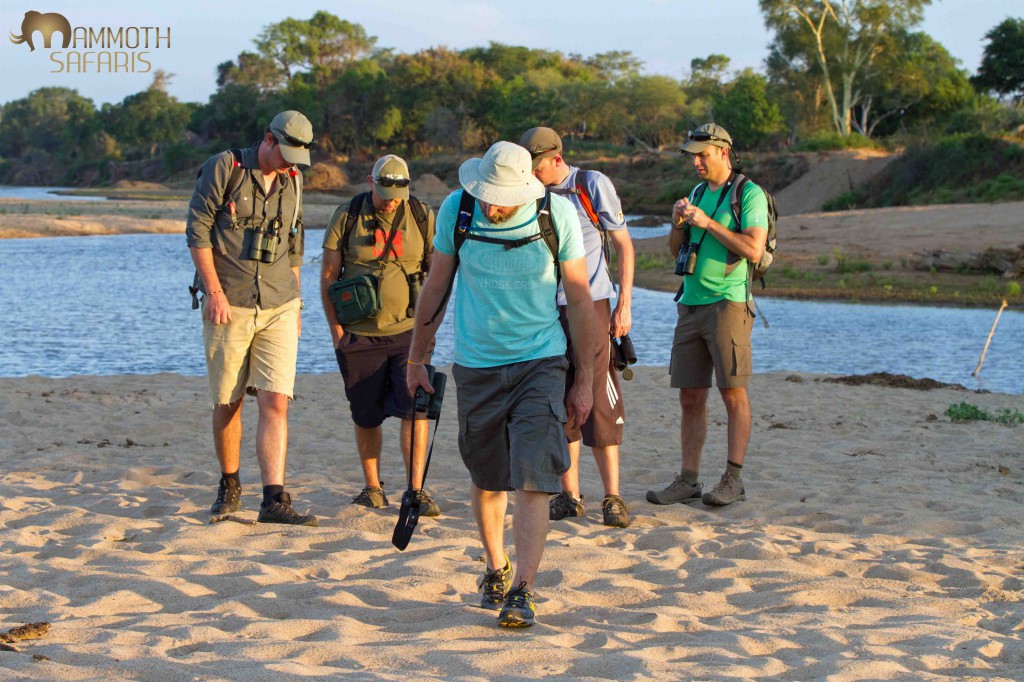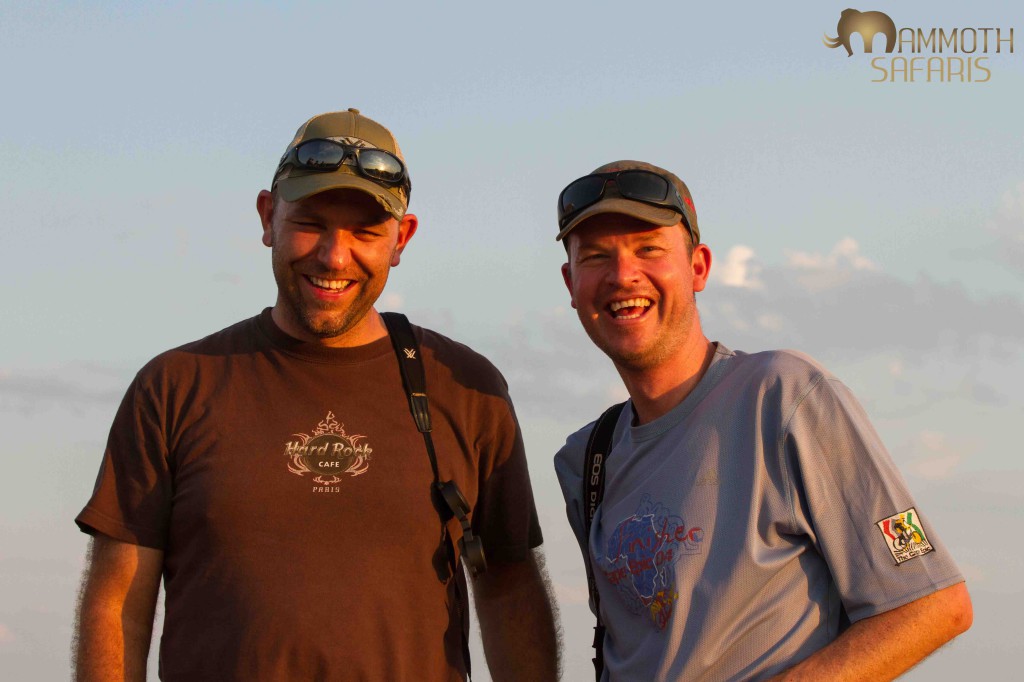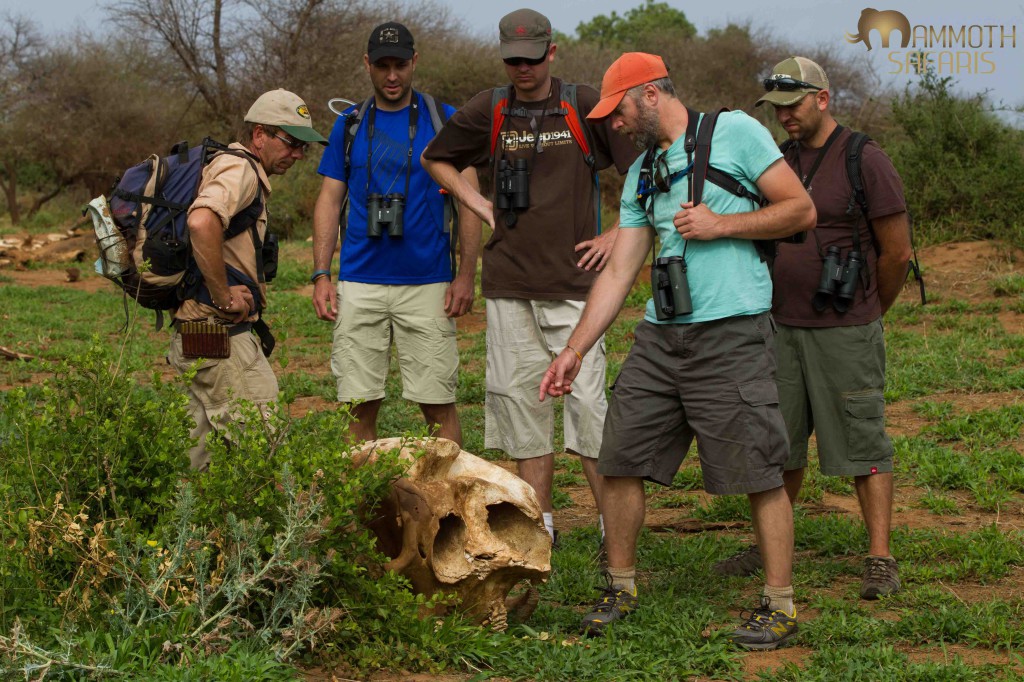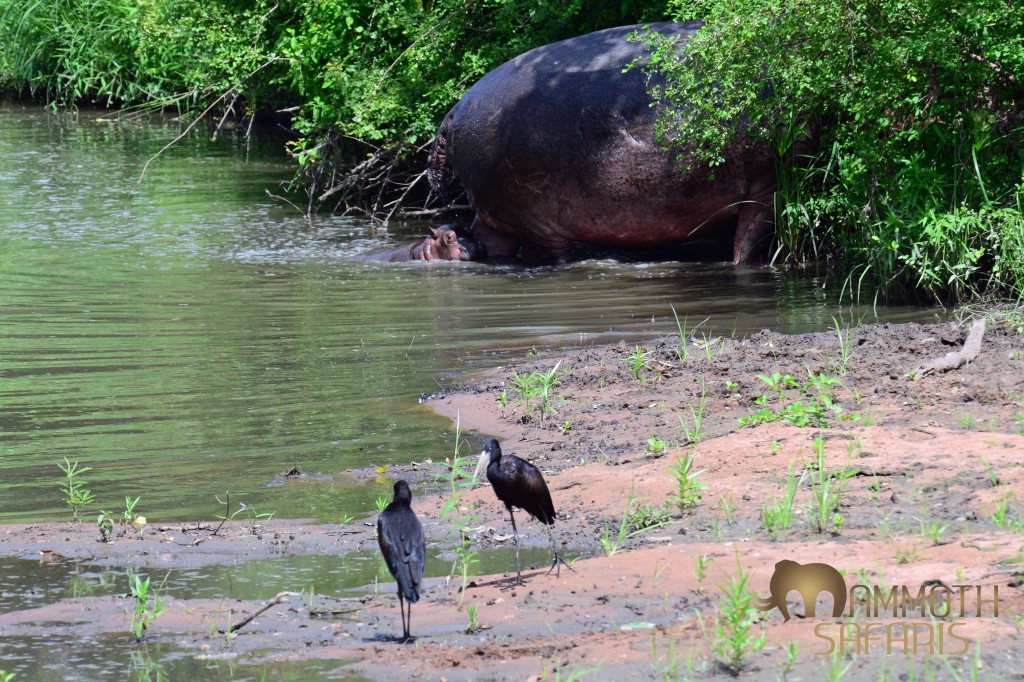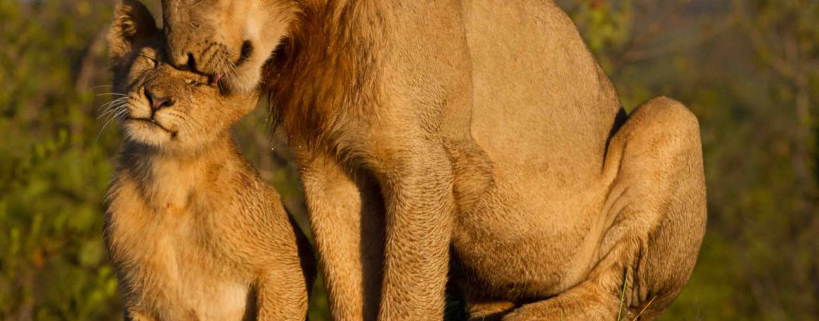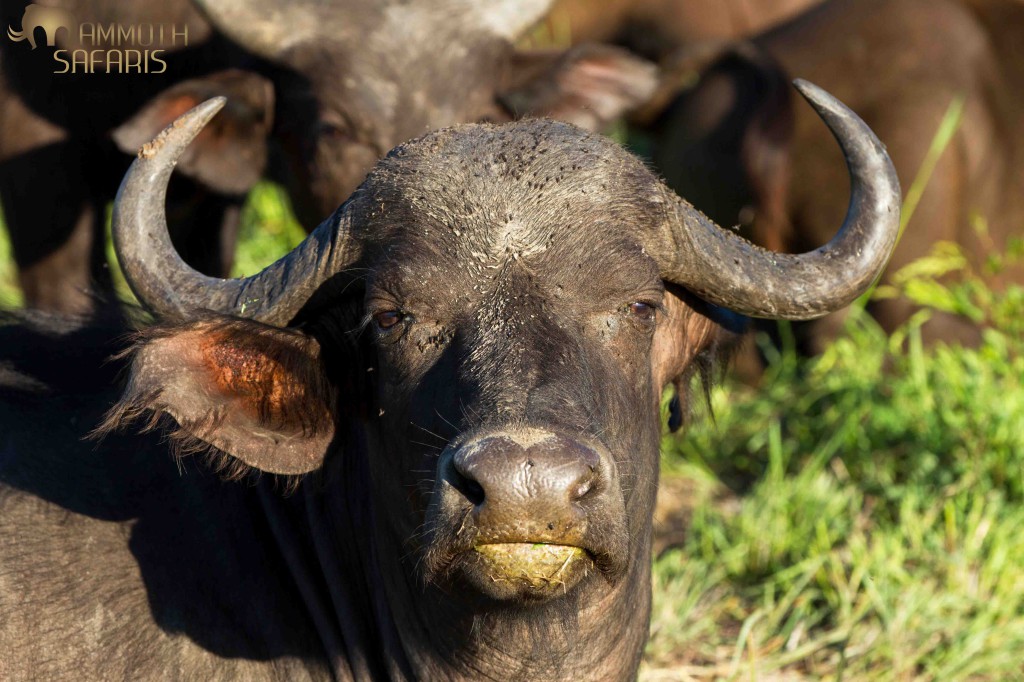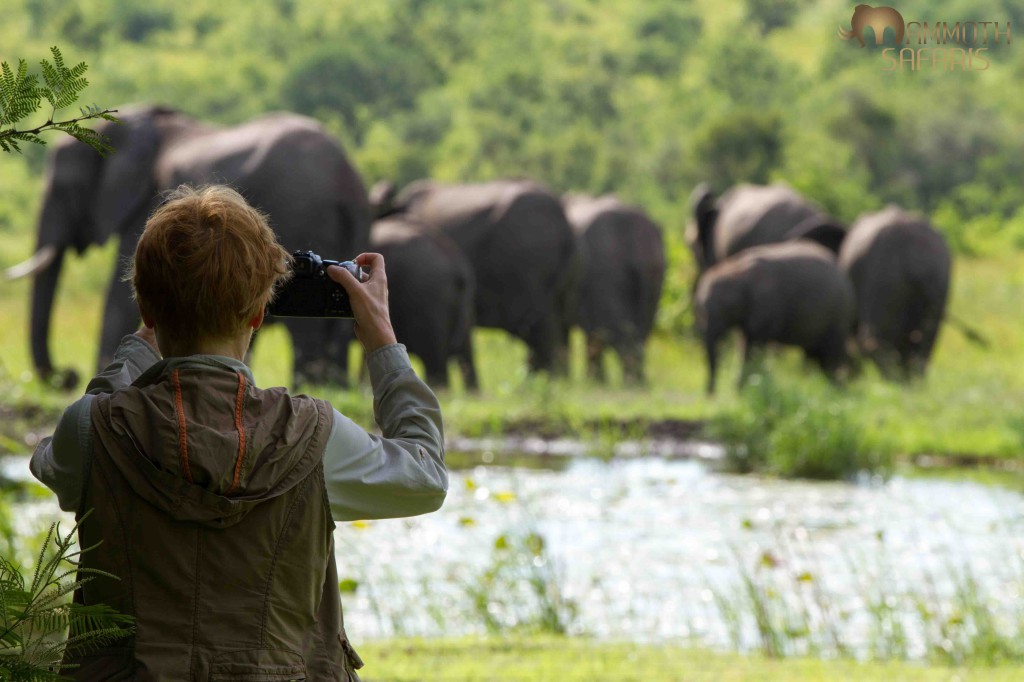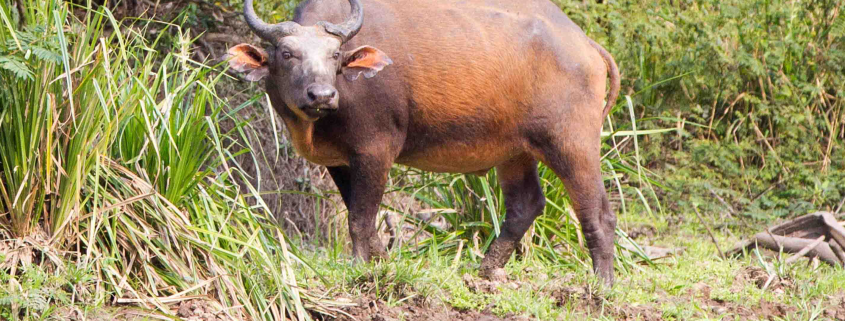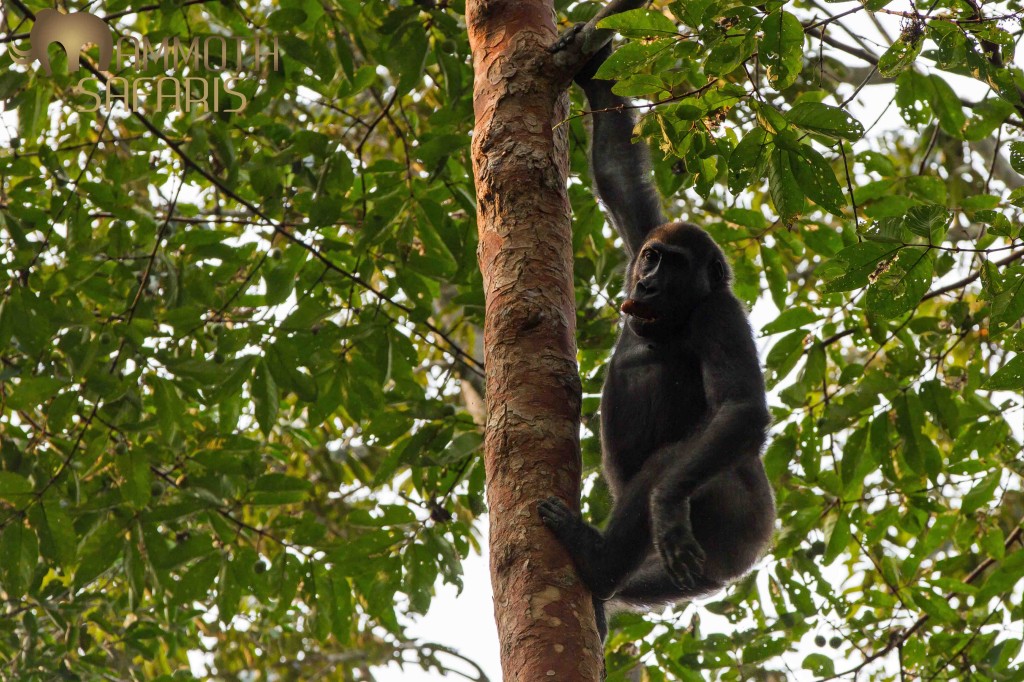Posts
Mammoth Safaris – Zimbabwe’s safari revolution
Ruckomechi
Ruckomechi is situated in a private concession within Mana Pools. Scenery is spectacular with views to the Zambezi River and over to Zambia as well as the large Ana trees which the elephants favour. The area is famed for excellent dry season game viewing on land as well as on the river.
Mashatu Tented Camp
Mashatu Tented Camp is the perfect outdoor base for exploring this wilderness. Activities and photographic hides are added attractions to the safari.
Dawn & Dusk #Whyilovekenya
Recently I spent some time on safari in the Masai Mara and Laikipia. Days were warm and dry, especially in southern Laikipia, so I made the most of my favourite times of day…dawn and dusk. Although I never got the ‘Golden Hour’ everyday, I was treated to some classic safari moments. Couple this with some excellent walking at Ol Pejeta and the low numbers of tourists in Kenya at this time of year, I can safely say January is a great time to be in Kenya if you aren’t really looking for wildebeest! #Whyilovekenya
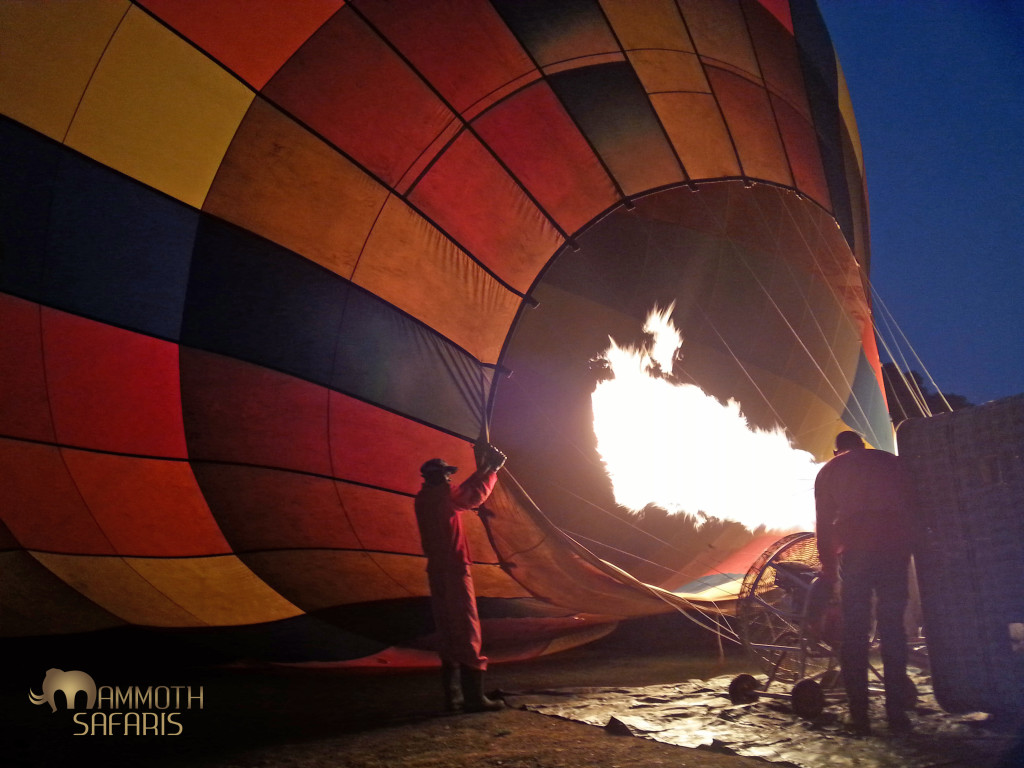
The excitement builds as we are nearly ready to board the Governor’s Balloon for our morning floating over the majestic Masai Mara.
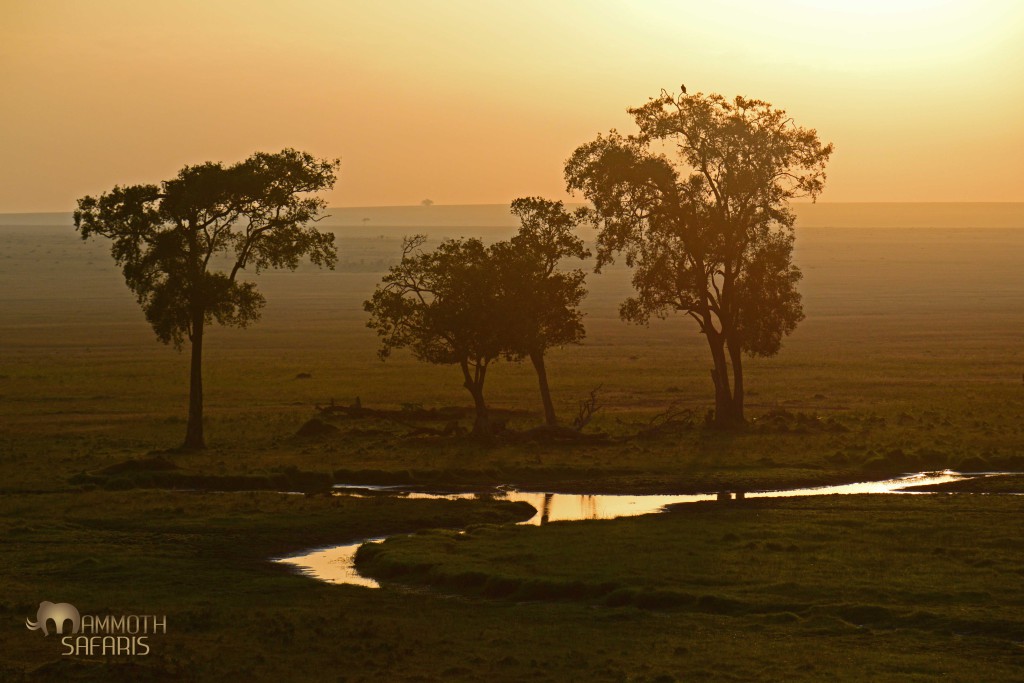
One of the dreamy scenes that unfolded on the balloon ride, just after floating over a pride of lions!

The chance to photograph this iconic mountain in a different mood each day is my motivation for rising early.
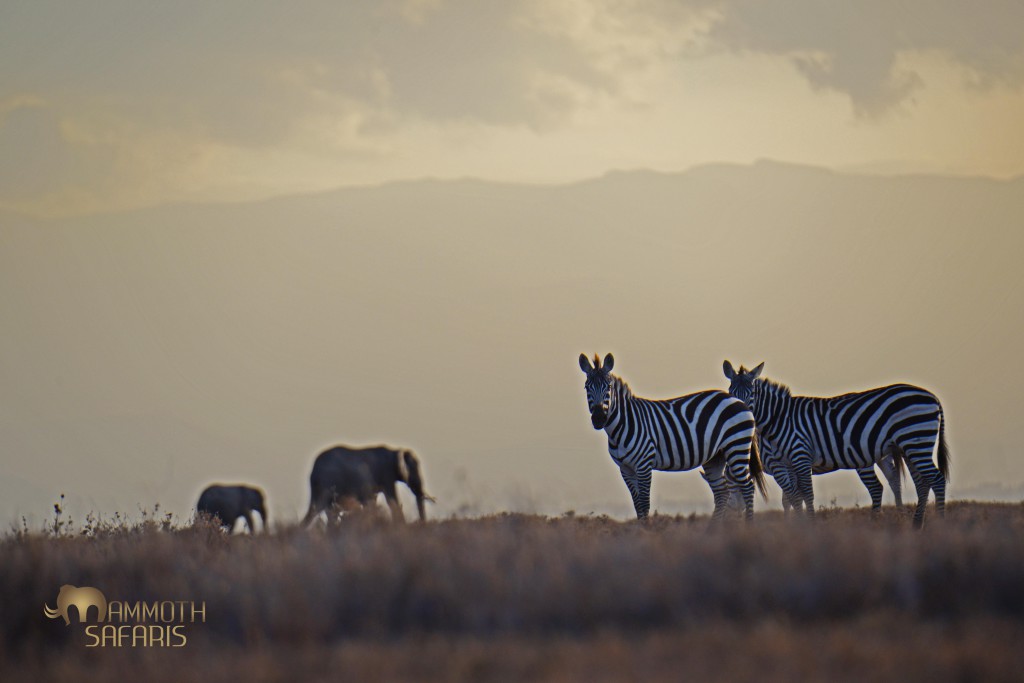
The almost milky late afternoon light on Ol Pejeta provided a fun opportunity to capture the top f the Aberdares as backdrop to the zebras and elephants

Some patience before sunset was rewarded when a young male Grant’s Gazelle decided to put in a big effort to court a female.
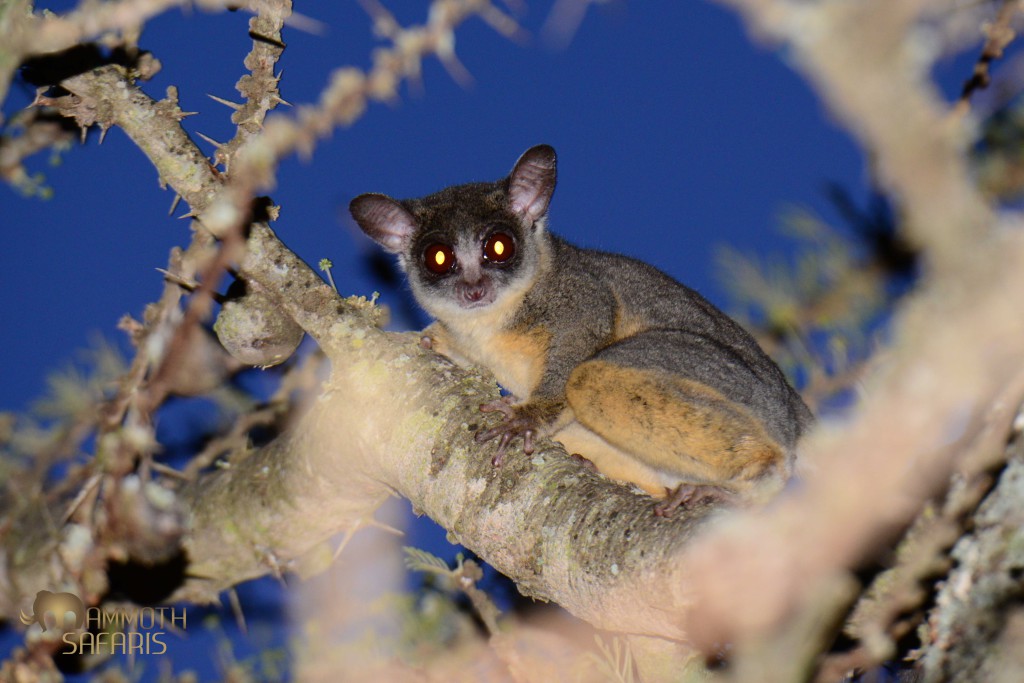
This cute bushbaby can be tricky to photograph in the thorn trees with no natural light. I spotted this one in silhouette as it emerged just minutes after sunset.
Take A Walk On The Wild Side
The Pafuri Walking Trail in the Makuleke Concession of the Kruger National Park is without a doubt one of the most remote and wild walking experiences that can be found today. A 3 night 4 day trail is the perfect getaway to experience nature at its best.
The early hours of each day were spent walking in various parts of this unique and extremely diverse area. We had a number of great sightings of elephant, safety is distance when out walking which can be hard to maintain whilst walking for 4 to 5 hours. Most of the time we were able to get to an elevated area and enjoyed watching the behavior of the elephants whilst they were completely unaware of our presence. Buffalo were fairly common and we had to be very careful where we walked. Once or twice we got a little too close for comfort but with the knowledge and experience of our guides we were able to appreciate the skills needed to spend time safely in this environment and avoided having to climb any trees.
In this areas the cats are difficult to find on foot so in the in the afternoon we would use the the vehicle to explore the area, we were fortunate to see two different leopards which was a real highlight. We found some spectacular spots to enjoy our hard earned sun downers and to relive the days sightings. When we arrived back at camp after each adventure, we were greeted warmly by the friendly staff and treated to some fabulous meals cooked on the open fire.
We really had a fantastic time and enjoyed every minute of the adventure, a special thanks to the staff at Pafuri for such a great experience and for making us feel so welcome and for looking after us so well.
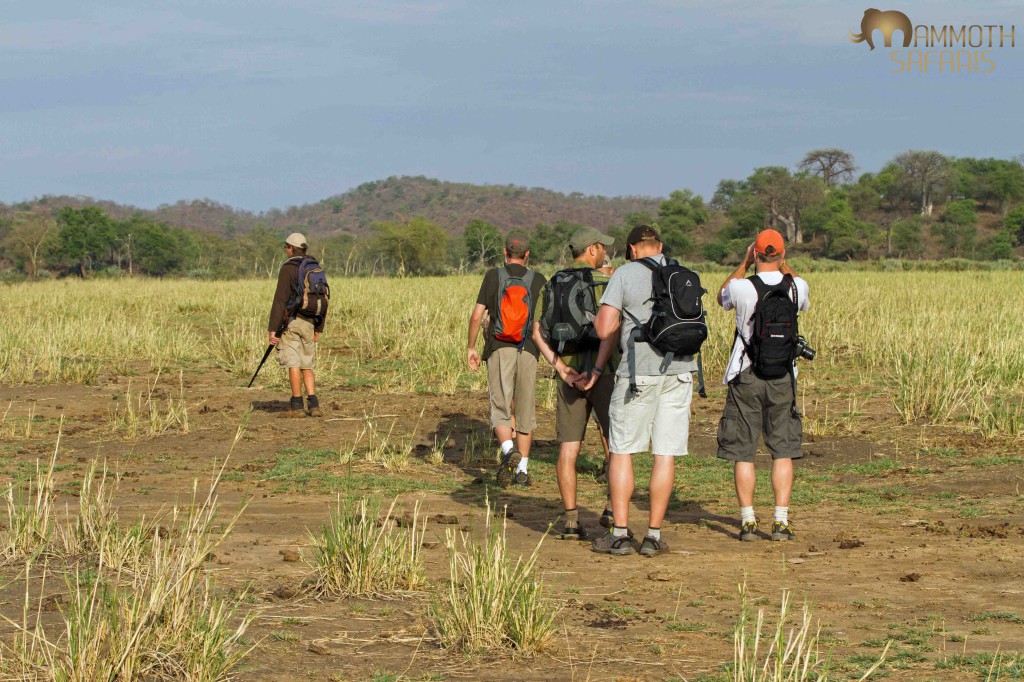
Some of the best walking in South Africa, the Pafuri Wilderness Trail is perfectly situated to explore this incredibly diverse area.
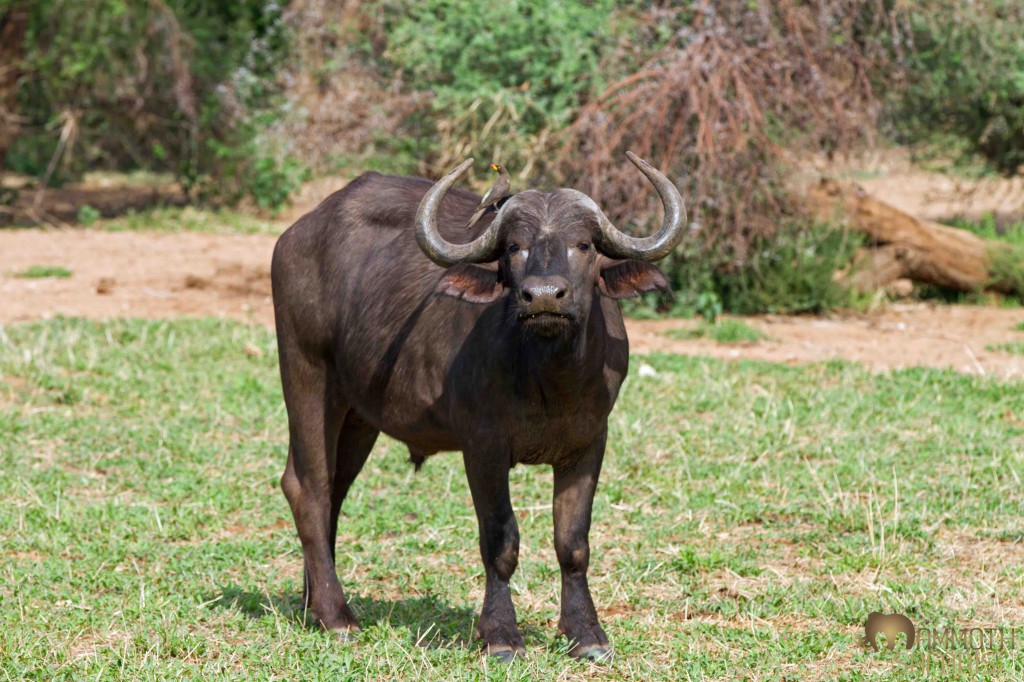
The reputation of a buffalo is well deserved, which is why taking photos from the comfort of a vehicle will generally yield better photos due to less camera shake.

Enjoying wildlife from the comfort of the camp. This elephant spent most of the mid day feeding around our tents.
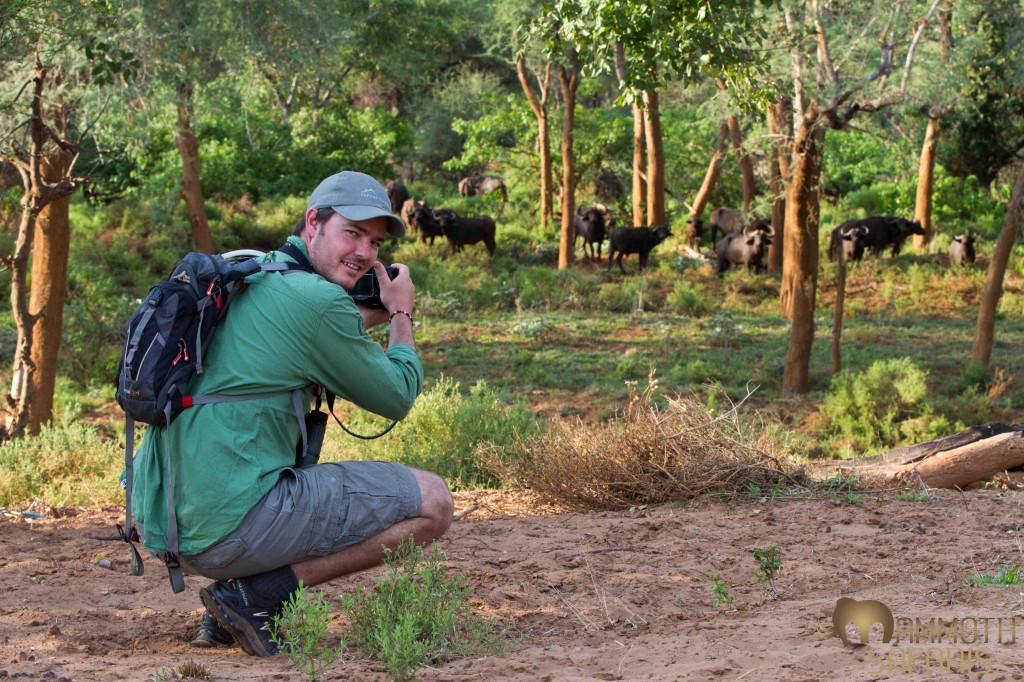
Brett, head of sustainability at Wilderness Safaris enjoying a fantastic photographic opportunity with this herd of buffalo.
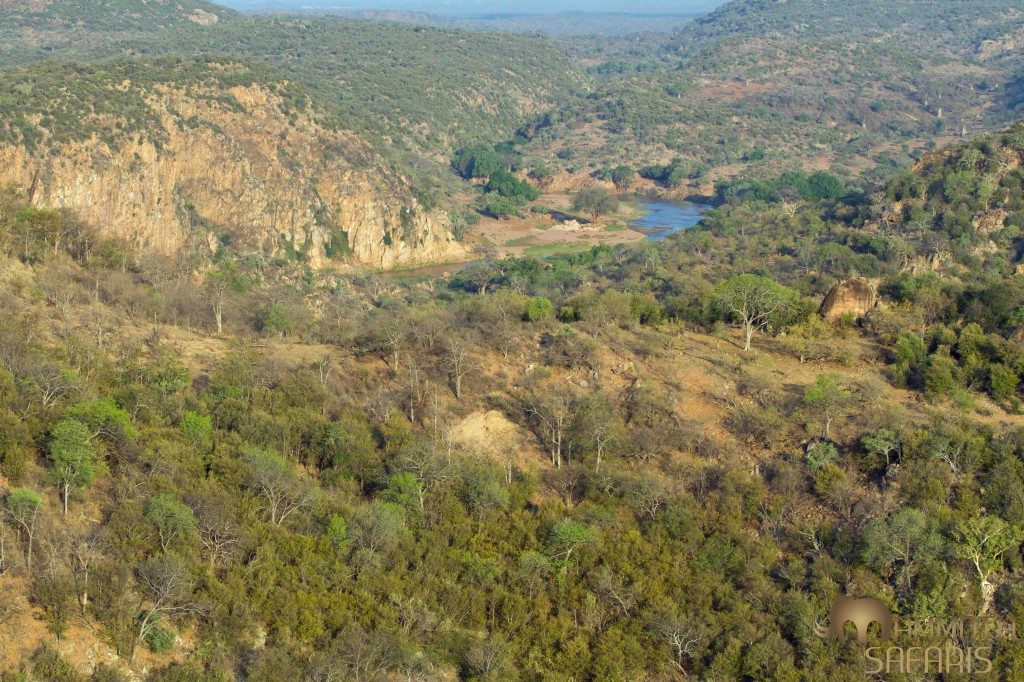
Spectacular scenery from Lanner Gorge, probably one of the best place in Africa to enjoy sundowners.
Rufiji Rhythmns
Seeing one Africa’s great rivers in flood is always special. To be honest I prefer the Rufiji when she is lazy and her sandbanks exposed, but the sound of her unstinting pulse in the green season helps me to sleep well after a long, hot day in the bush. Dawn brings the nasal baa of Trumpeter Hornbills heading to the figs trees, shrieking parrots, hyrax and manic Yellow Baboons. The hippos have started giving birth as the long rains approach and with all we are seeing here, I can confirm that Selous is the finest place to see bee-eaters anywhere in Africa. Despite rampant poaching in this vast game reserve, there are daily sightings of small herds, perhaps more skittish than I remember in the past though. The summer birding has been fantastic too, so even though I know the roads are always rough in Selous and it is almost always hot, I will be back soon – mainly because I enjoy walking in this magnificent wilderness! (Alastair)
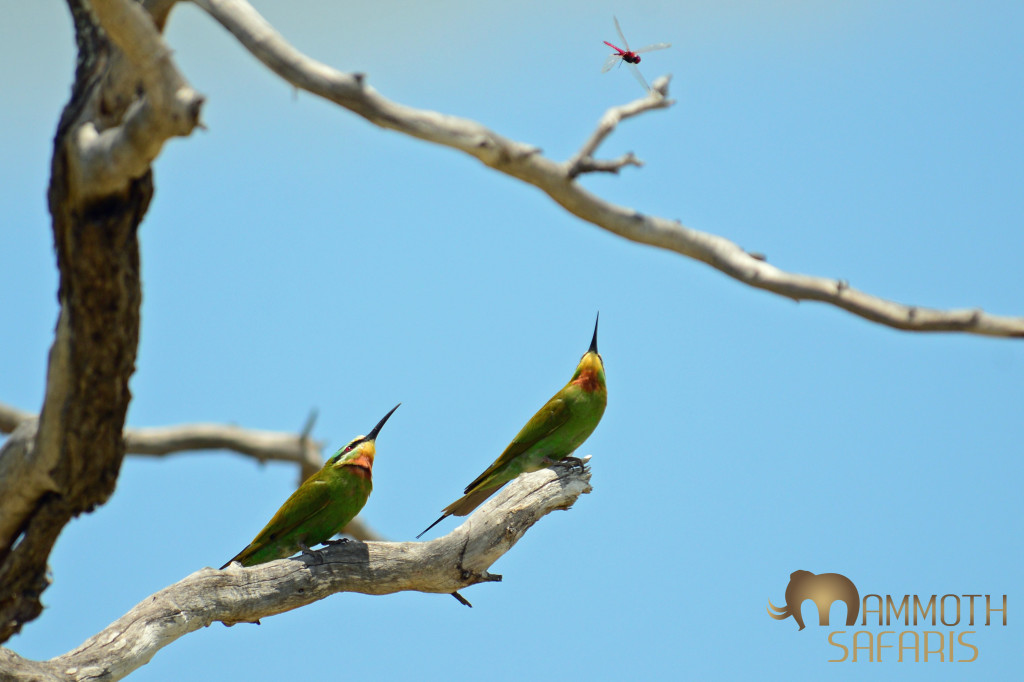
This was a lucky escape for the dragonfly that flew right past a tree loaded with Blue-cheeked Bee-eaters – this is like running past a family of bears whilst covered in honey!

Despite the fact that this vast game reserve has again become a killing field for these magnificent animals, we did manage daily sightings of small family groups in the miombo and along the river.
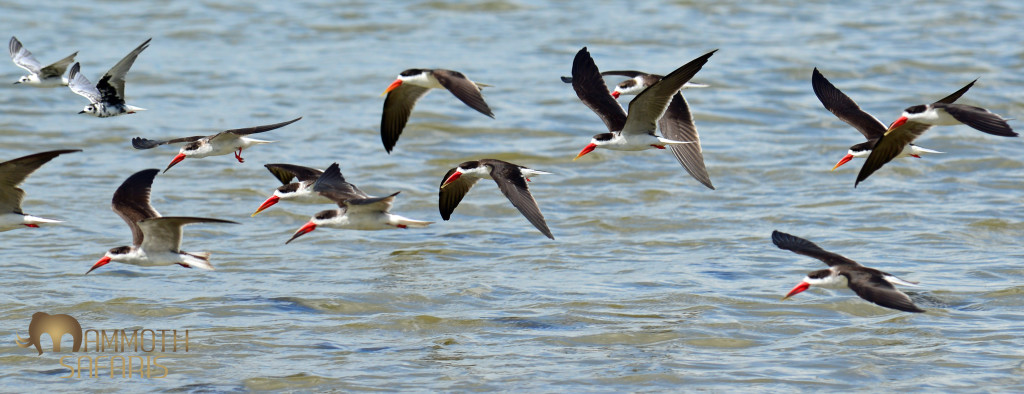
These African Skimmers represent wild Africa to me as they only survive where the natural seasonal flooding on large rivers is still in tact. To watch them feed with beaks cutting the water is special.
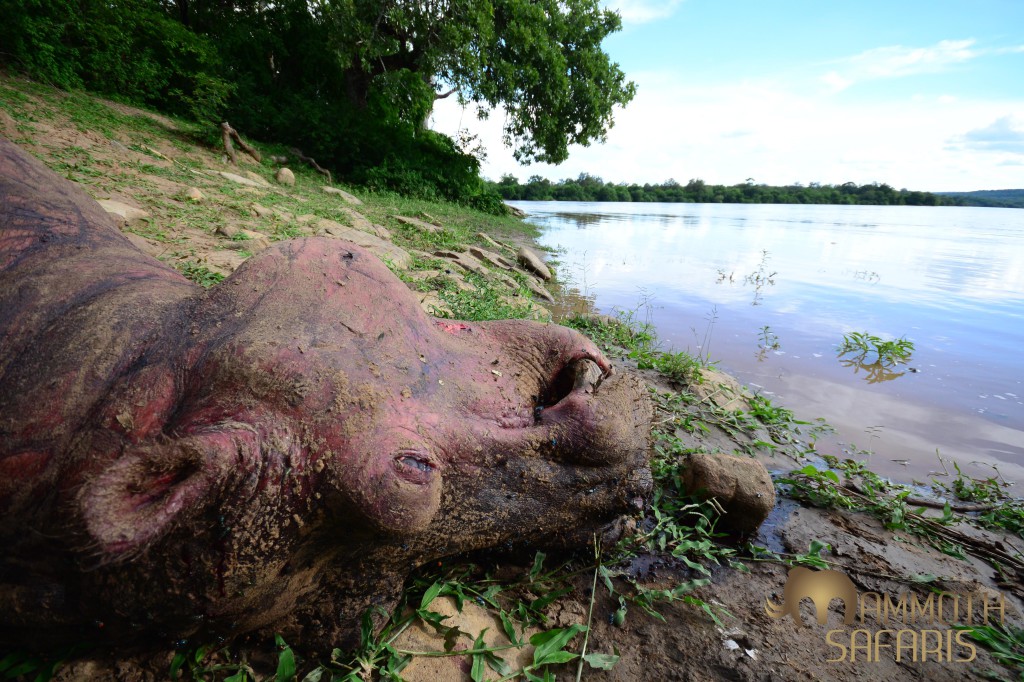
We spotted a dead hippo on the banks of the Rufiji. As we approached a large bull snorted and made a bow-wave away from us. The scene of destruction of the vegetation told the story of how the two must have fought through the night – and now it is a case of waiting to see if the crocs, hyenas or the vultures get here first…

This is the only decent shot I got of a small pride that we found devouring a carcass inside a palm thicket. The best part was listening to the one female growl at the young cubs as they braved her fearsome noises as they edged in to claim a small bit of the kill.
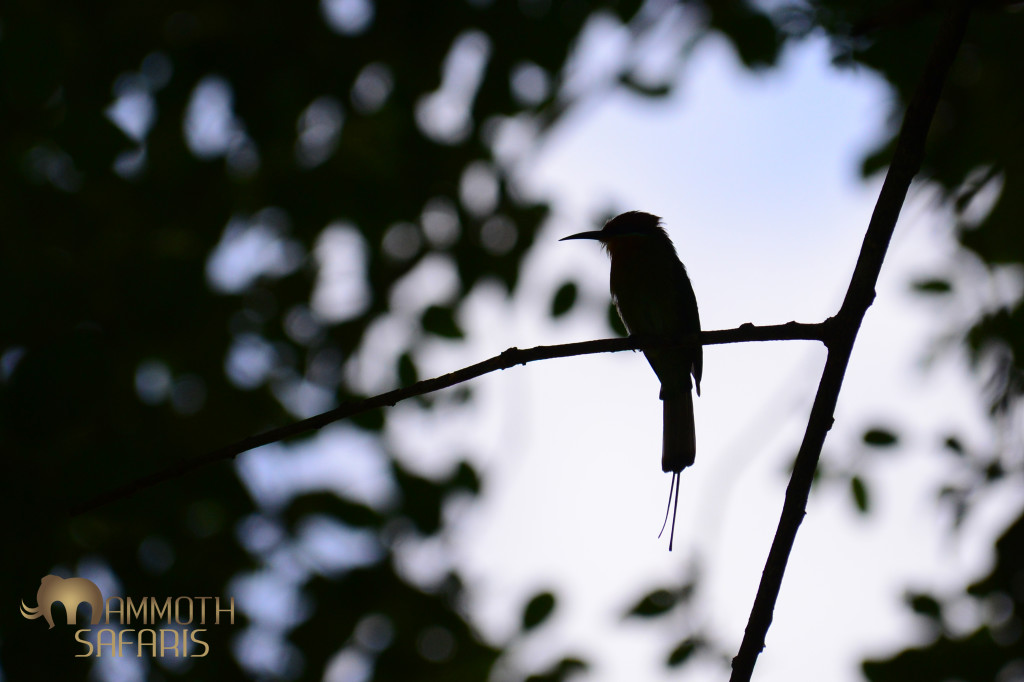
In the end I decided the backlit shot portrayed this superb little bee-eater best. Although colourful it spends much of its time hunting from dense riverine bush. This is one of 8 bee-eater species we saw!!!
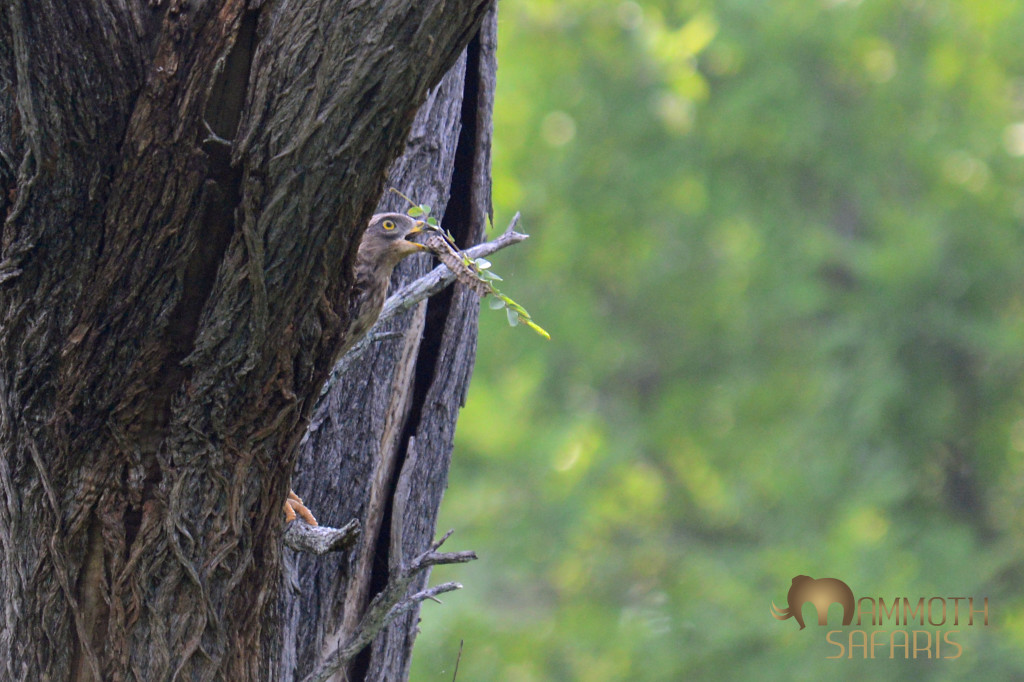
Not a great shot this, but we saw numerous of these migratory Eurasian Honey-buzzards in Selous’ woodlands and this one actually dropped to the ground and ripped out a wasp nest to eat – textbook!
On Safari at Savanna Private Game Reserve
I have taken several trips to Savanna this past year and wanted to share some of the highlights of my time there. Although the game viewing is exceptional, it is the genuine warmth and friendliness of the staff that I enjoy most. They all have this wonderful ability to make you feel so at home I often have to remind myself I am actually working.
It really is all about the game though and that’s the impression you get from the passionate guides who go out of their way to make sure all expectations are met and, where possible, exceeded. Every safari is an adventure, from tracking game to the friendly banter between the vehicles. We are often the first to go out in the morning and the last to come back in the evenings, and that’s not because the guides are lost. Guests are often dragged away from tasty meals to race back out into the field to find themselves arriving at the perfect moment to observe an incredible sighting, and sometimes not. That is nature and it waits for no one but it’s always worth a try. There are very few camps where this still happens and unfortunately, it seems to be a dying service.
At Savanna there is a directly proportionate ratio of embellished camp fire stories to red wine, both of which are in never-ending supply. It does make it a little harder to get up in the mornings but with a fresh cup of coffee, the incredible wildlife and a little nap after brunch, you find yourself quite happily doing it all over again. These are the makings of a great safari.

A young female leopard killed a warthog piglet just before dark. After a brief scuffle with an opportunist hyena she managed to hoist it into a nearby tree.
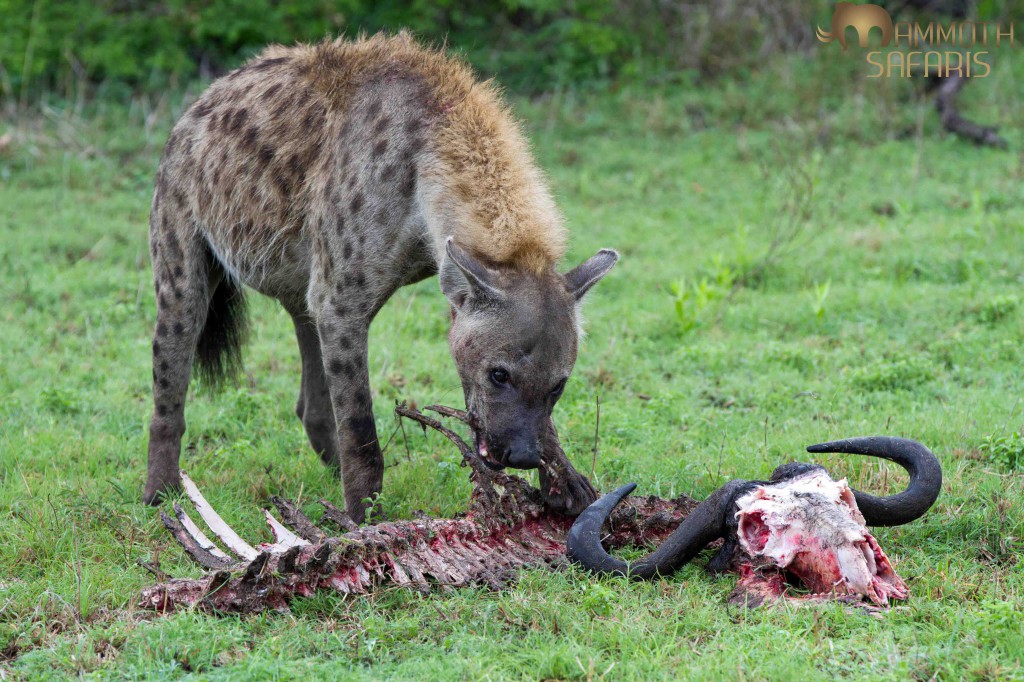
Lions killed a wildebeest in the early morning, this was all that was left by the time we arrived. This hyena spent some time making sure every available piece of flesh and bone was removed.
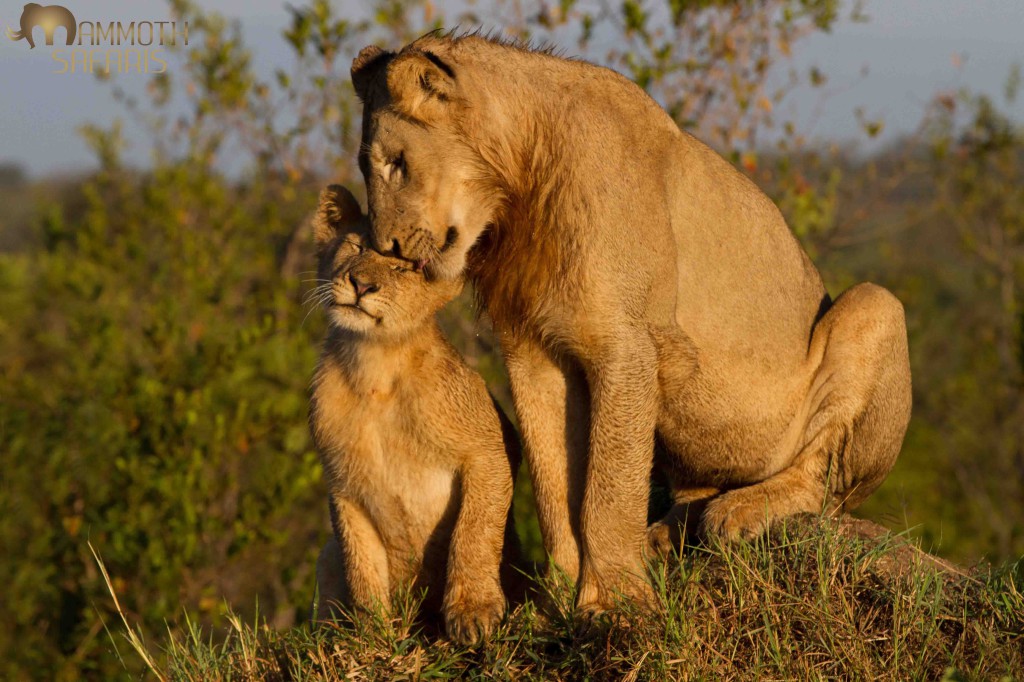
Affection from an older sibling. These young lions were separated from the rest of the pride, we found them in early morning where they climbed up a termite mound right next to the vehicle and posed beautifully for us.

This young giraffe, with its umbilical chord still attached was running away from a large male leopard who had been watching it closely from the cover of a thicket.
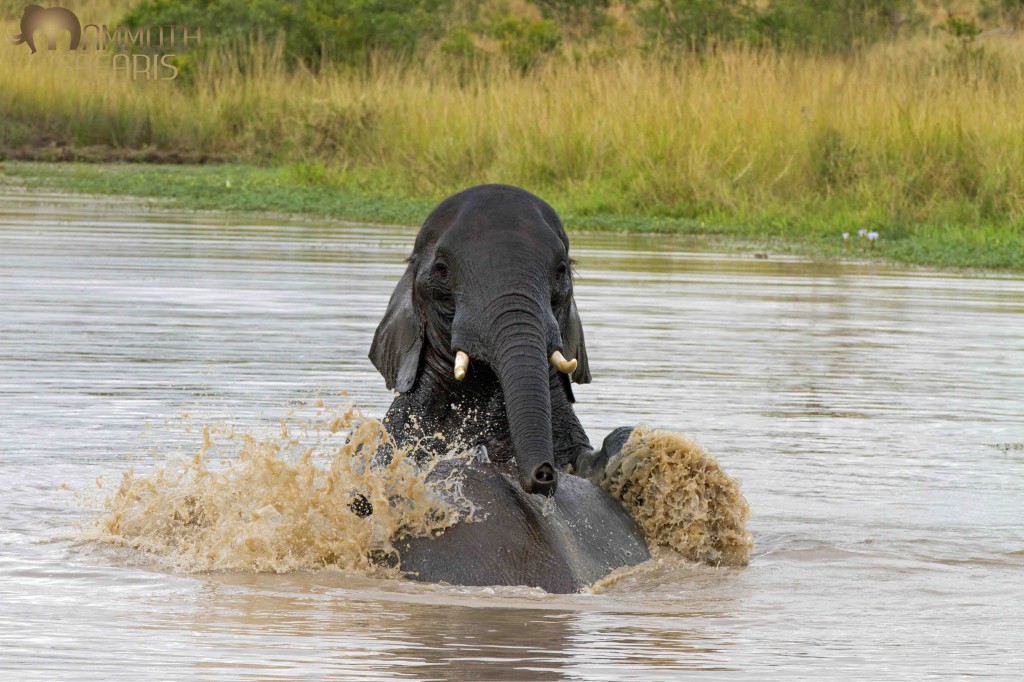
Watching elephants swim is both fascinating and funny, these two bulls certainly wont be competing in a synchronized swimming event any time soon.
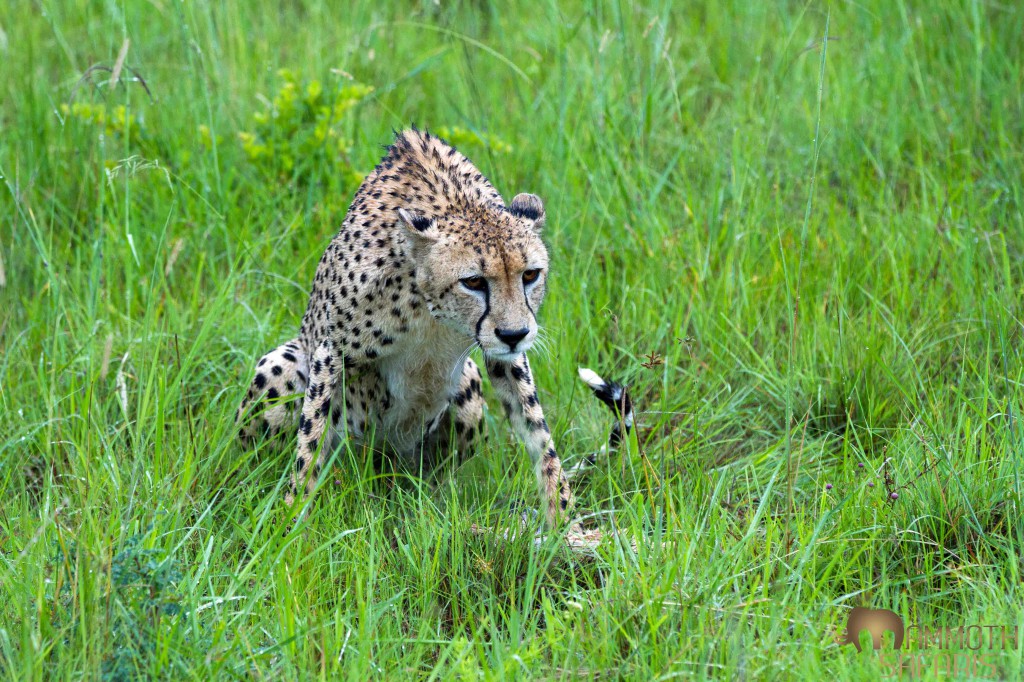
We discovered this male cheetah early one morning, he had caught a young impala lamb just before we got there and had started to feed. Seeing cheetah is always a bonus so we just sat patiently in the rain and enjoyed the sighting.

Under immense pressure, one can consider every sighting of rhino a modern day privilege. In South Africa alone close to a 1000 rhinos were poached in 2013 and in 2014 we have already lost 42. How do we stop this epidemic?
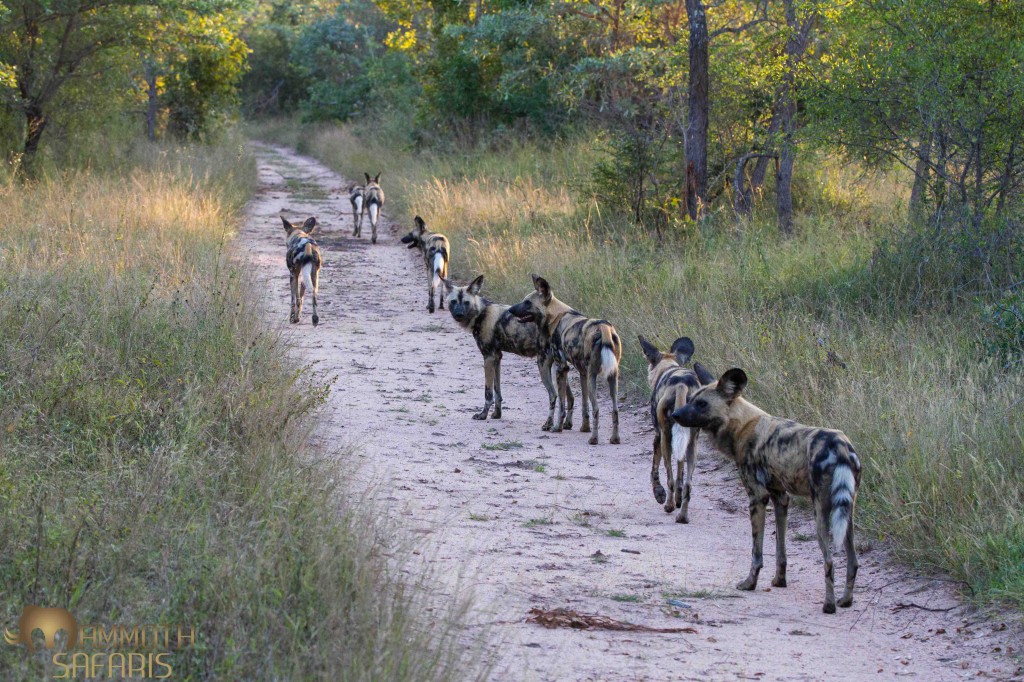
A pack of wild dogs on the hunt has to be one of the most thrilling experiences in the African bush.
Congo-Kalahari: From Primates to Pangolins
We set out to create a unique safari, possibly the first of its kind, to experience the diversity of the African continent. For seasoned African travellers, the goal was to find the ultimate guided wildlife adventure combining iconic fauna and flora without compromising comfort and luxury.
Our first stop was the heart of the West African rainforest Odzala National Park in the Republic of Congo, where Wilderness Safaris has bravely ventured to encourage tourism to the area which will help protect the endangered Western Lowland Gorillas and provide much needed employment for the local villagers.
During our stay at Lango Camp we walked ancient elephant pathways, viewed forest buffalo on foot, birded the Lekoli River by boat and spent hours wandering through massive tracts of pristine rainforest.
At Ngaga camp we tracked and spent time with the endangered gorillas. Gorilla researcher and expert Dr Magda Bermejo was on hand to interpret the interesting behavior which we witnessed whilst out in the field. Whist out walking we also heard the excited calls of wild chimpanzees as they engulfed the ripened fruits of nearby tree unfortunately we didn’t get to see them.
Then we were off to Tswalu Kalahari, which couldn’t be more contrasting with wide open spaces, red sand, starry nights and a cool winter dryness. Winter is a fantastic time to visit the Kalahari, spending time with aardvark on foot and with the habituated meerkat groups is a truly unforgettable experience. Thanks to the team at Tarkuni Villa who made our stay extra special we couldn’t have asked for more.
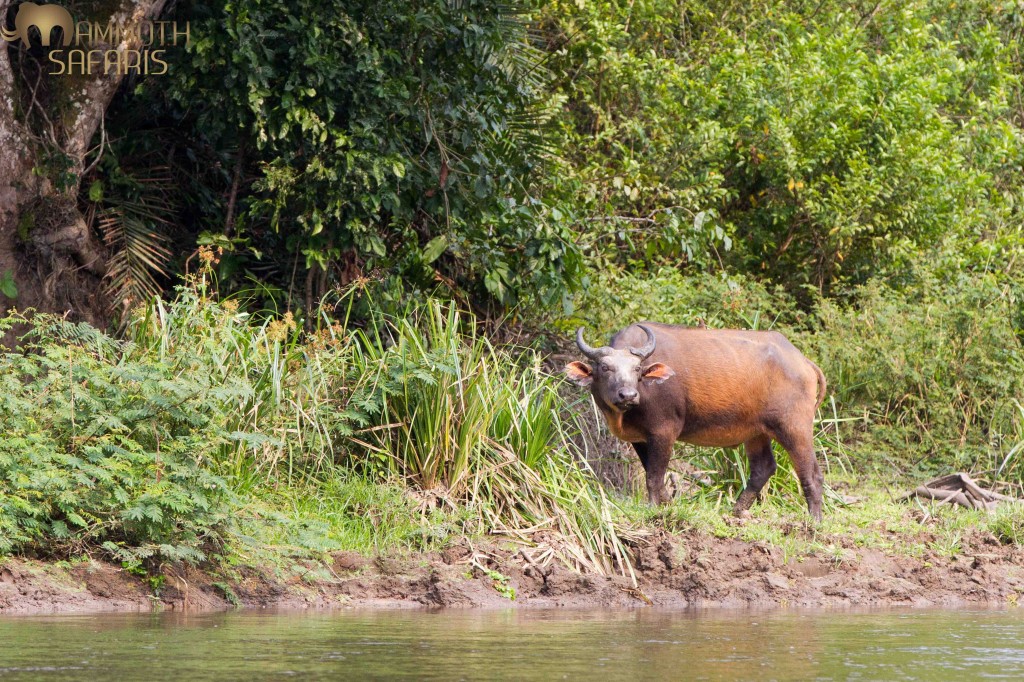
We spent a morning on a boat cruising the Lekoli River which is a great way to see birds and animals. This forest buffalo allowed us to get a few photos before moving off.
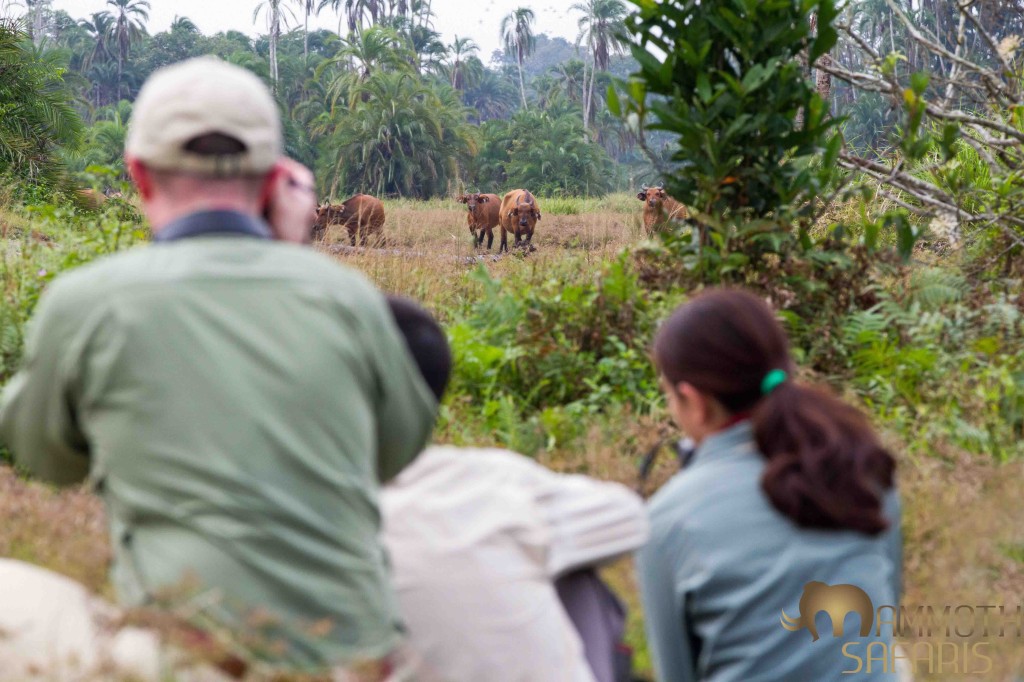
A small herd of the colourful forest buffalo on the edge of the Lango Bai. It is always a good idea to have some distance between yourself and the animals you are viewing.
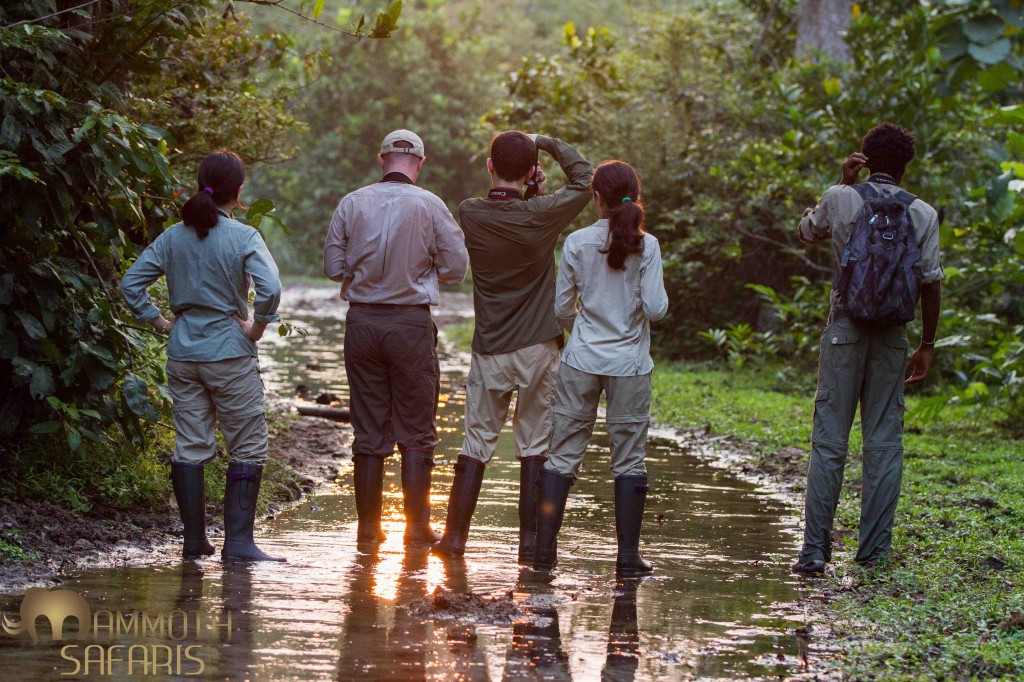
Walking the elephant boulevard, at Lango Camp with our guide Karl Diakite. This ancient trail is still followed by elephants today to get to the saline bai right in front of the camp.
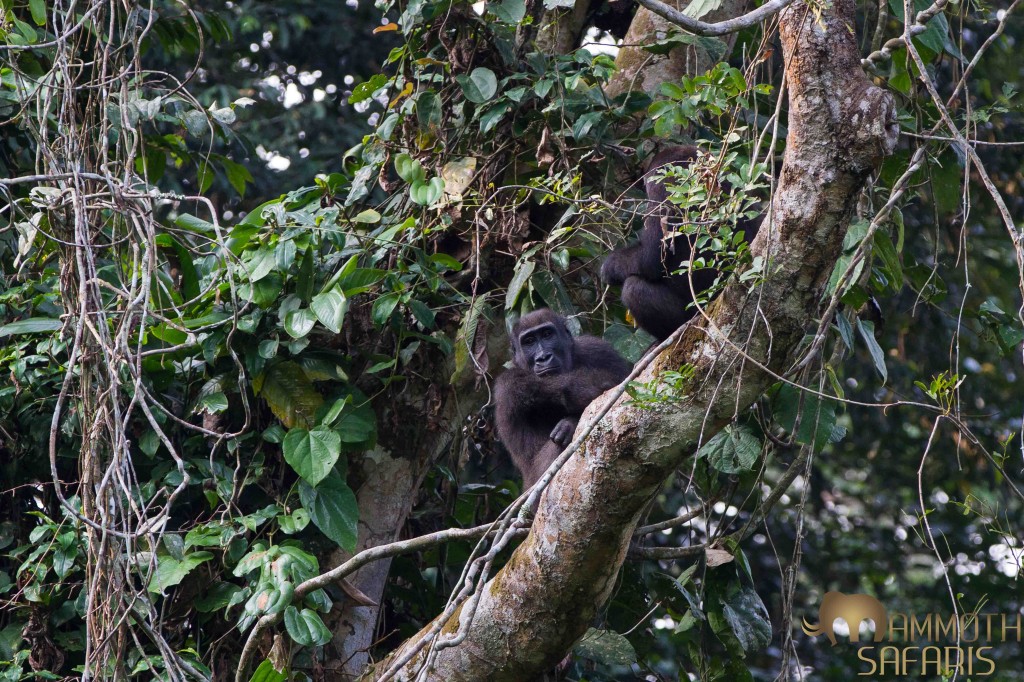
It is not always easy to get a good sighting of the lowland gorillas, after hours of tracking and some patience we got to see some incredible interaction between these two individuals.

One of the most unique activities that is best done in the South African winter is to spend time on foot with an aardvark as he goes about his search for food in the early afternoons.
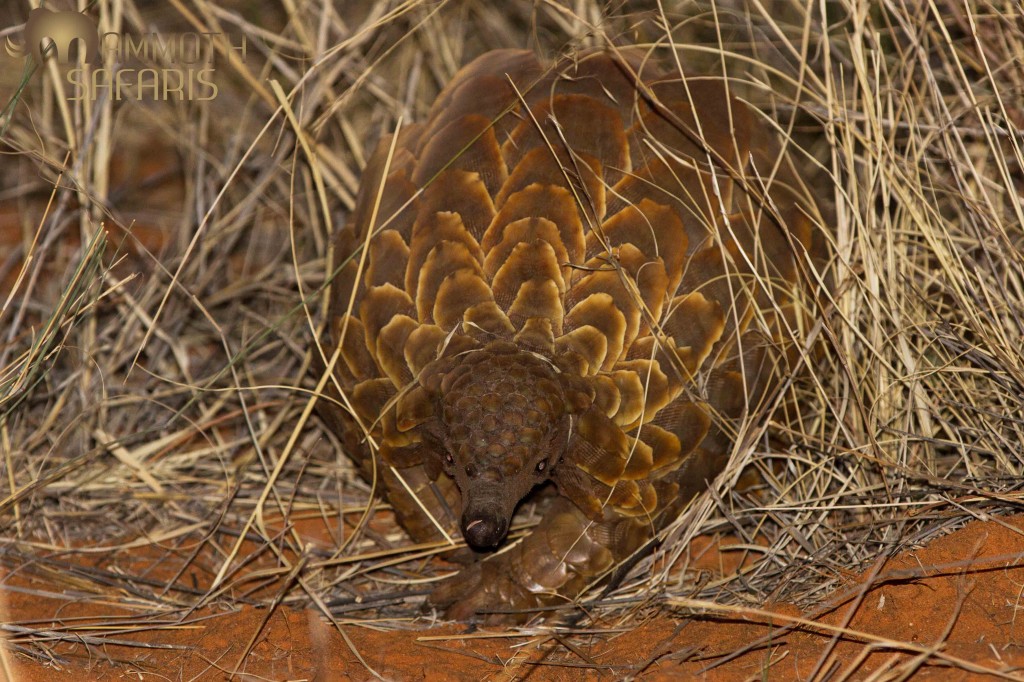
Its one of those creatures you hear about but most people never get to see. We were extremely fortunate and special thanks to the team work from the guides at Tswalu to make this dream a reality. What an amazing animal!!!
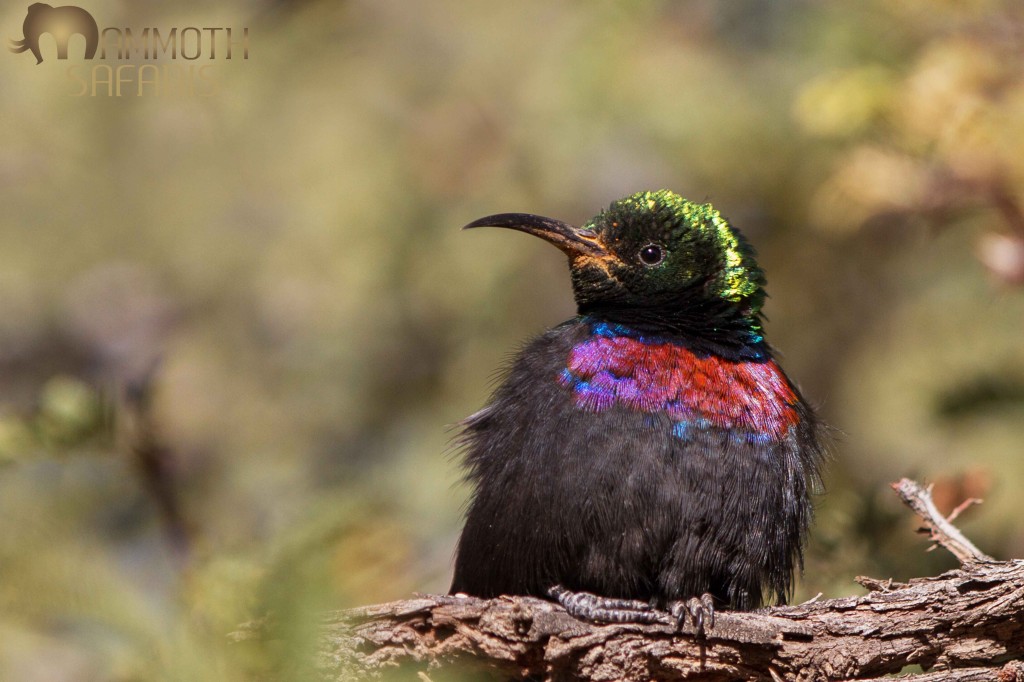
This incredible little gem, a Marico Sunbird was photographed outside The Motse lodge on Tswalu Kalahari.
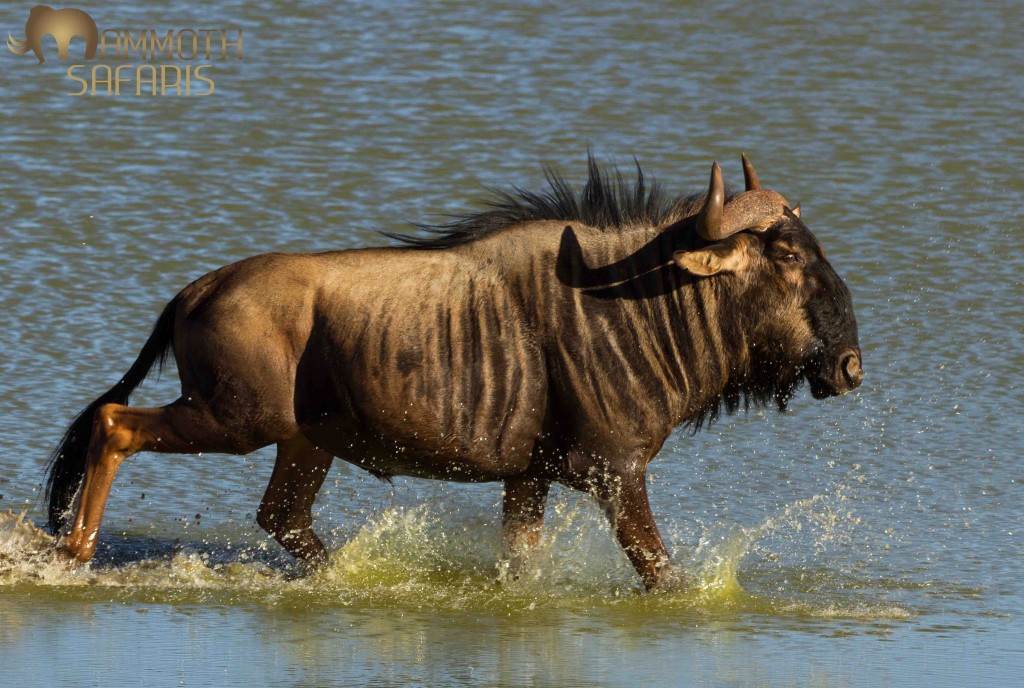
We watched a small group of wildebeest come down to drink at a small waterhole. It was a windy day and a gust of wind spooked them and they ran right through the water.
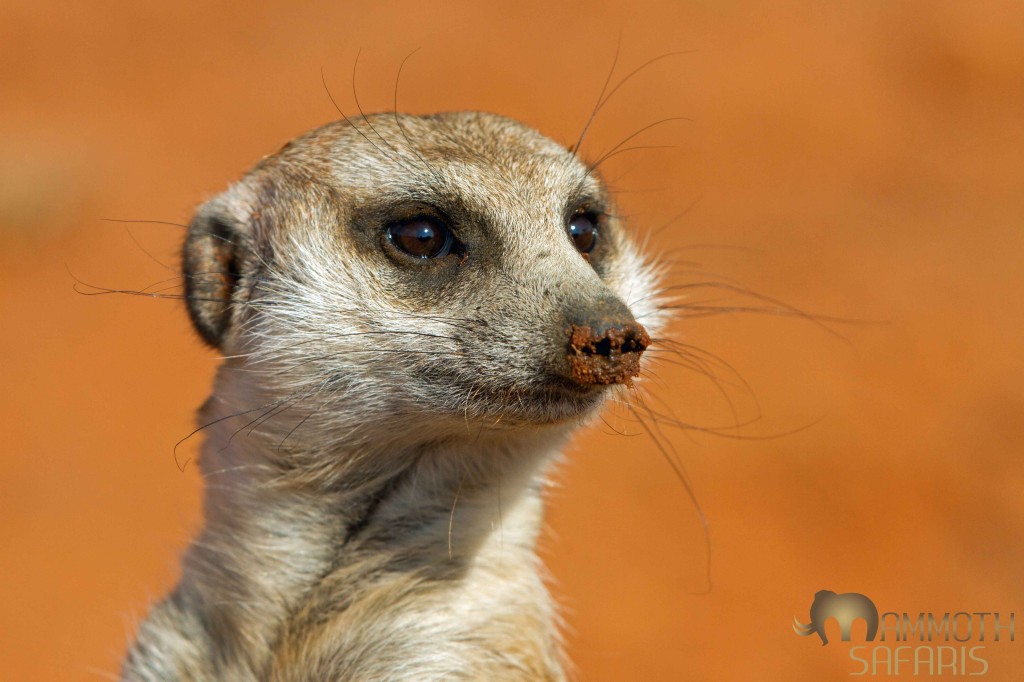
One of my favourite things to do at Tswalu is spend time with these magnificent little creatures. The habituated groups of meerkats provide hours of entertainment and a brilliant photographic opportunity.
Disclaimer
Contact Mammoth Safaris
+27 78 152 9479
Mardale Farm
No.35 Viljoenshoop Rd
Elgin, Western Cape, South Africa
Secure Payments via:

Insurance provided by:


